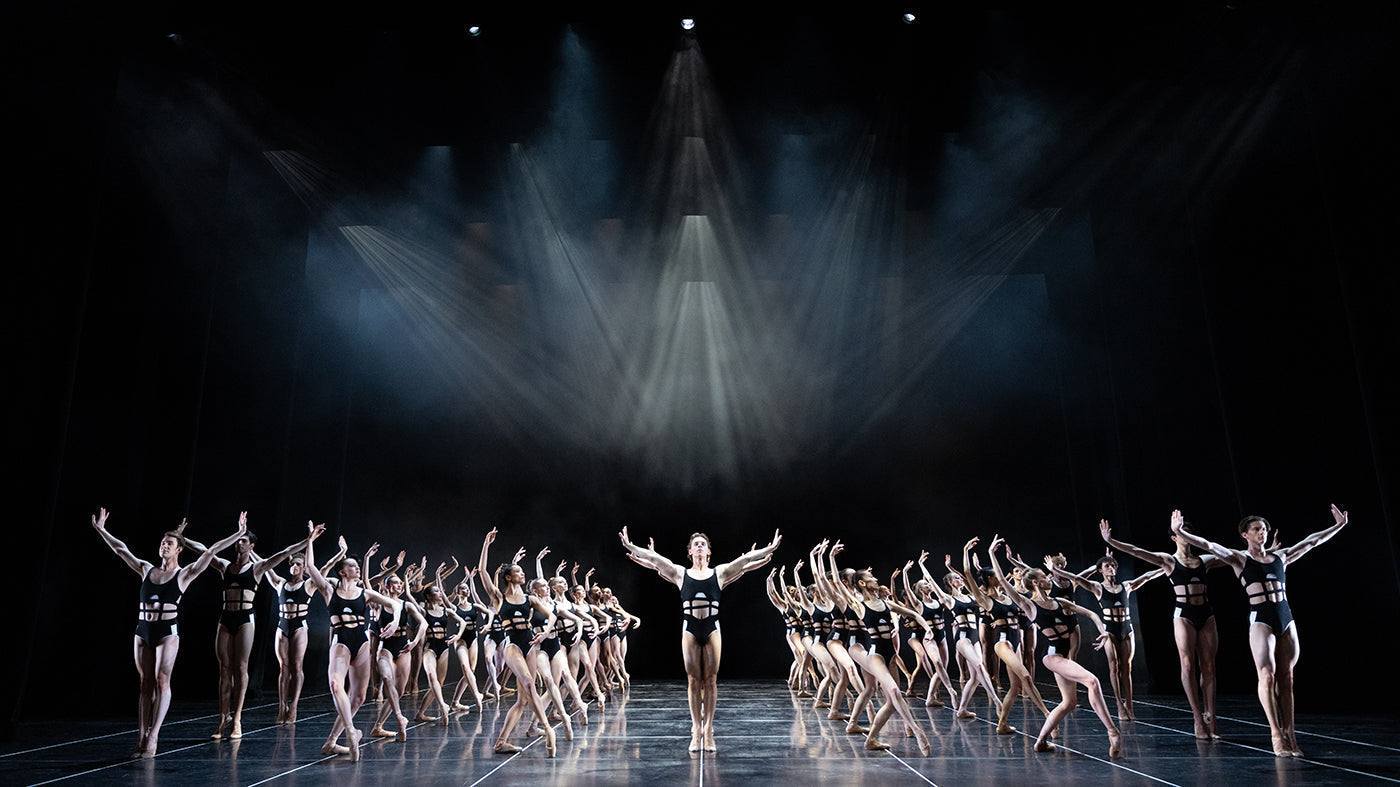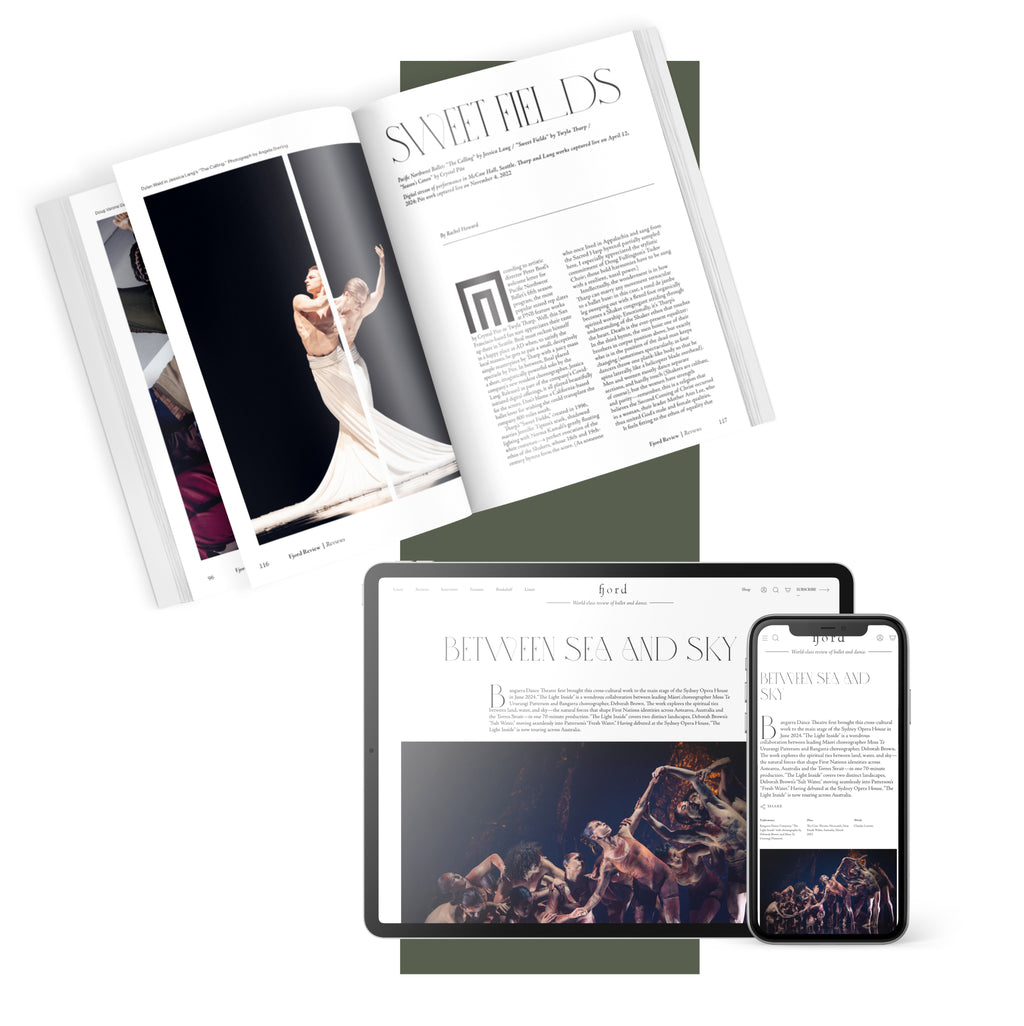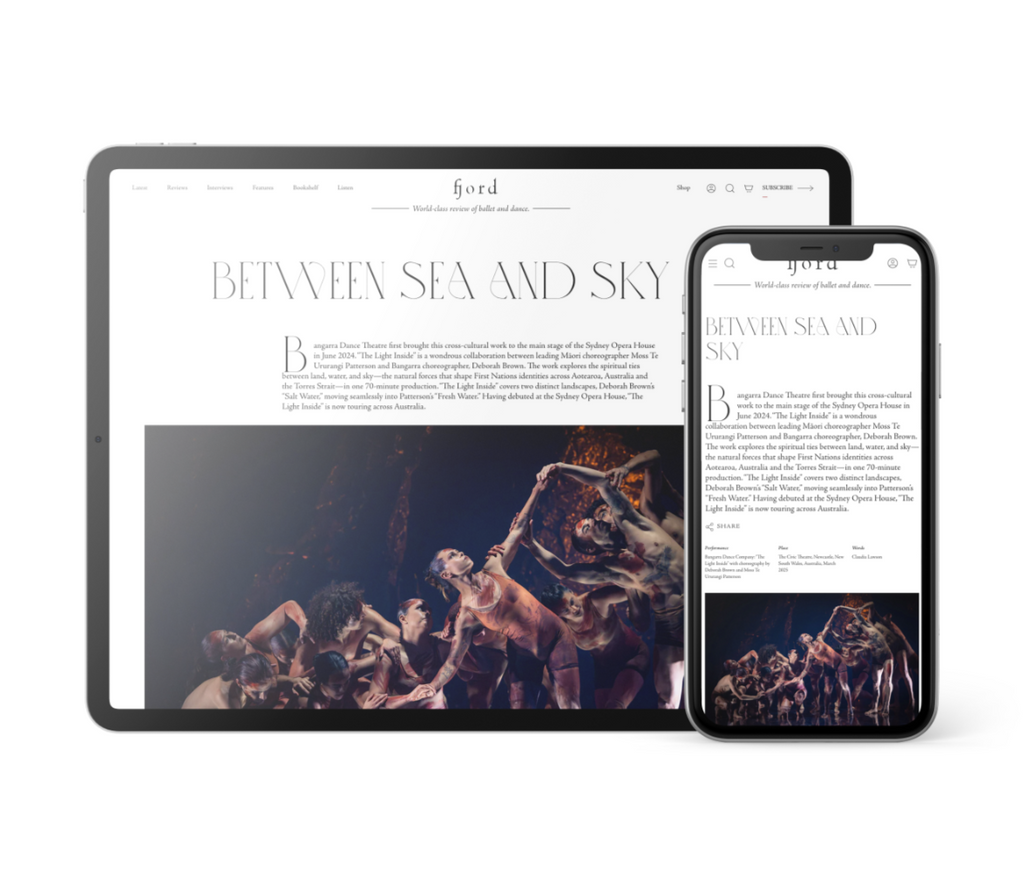Intermission gave us a moment to brace for the intense drive of Corella’s latest choreography to Ravel’s 1928 Boléro. Ravel's World War I time as a truck driver in battle affected him so deeply that he wrote several more—mostly anti-war themed—works. Illness, possibly related to his war experience, incapacitated him until he succumbed to it 1937. Although many listeners hear it as sexual buildup because of its thunderous climax, Boléro, with its unrelentingly military march-like buildup, has often been understood by musicologists and conductors as a political anti-war work.
Although French-born, Ravel’s mother, mother was Basque and grew up in Madrid. Corella drew on this shared Spanish heritage with frequent nods to Jaleo, the raucous upraised hand clapping to fire up the dancers to almost unbridled virtuosity. Also by the time Ravel was composing Boléro, Spain had been in a military dictatorship for several years and civil war was brewing. Corella seemed to reference this historical event with masses of black clad men and women marching in line after line against each other. Often, they raised their fists, as they turned their heads chillingly to the audience, pace and posture synchronized.
It’s good to see these historical undertones, but Corella kept them to a subtle minimum keeping the focus on the intense drama of the music and the intricacy of the choreography. Program notes tell us Corella has loved this music ever since he was a boy sitting in the car while his mother played a cassette of Boléro on the way to ballet class. His choreography achieves his intention for an abstract dance with multiple insistent changes. I kept wanting to see it from the rafters, the only way you can really understand the patterns. He designed the starkly sexy black leotards with their banded cutaway torsos. Nick Kolin lit the dancers with cones of light that isolated duos, trios and the large throngs dancing in rows in either direction and in synch with the throbbing music.
All the while Corella was creating this monumental dance, he led the company through a celebration of the completion of the skeleton of the company’s long awaited North Broad Street building, recently appearing in a half-hour public television-produced feature elaborating on his rise as a dancer and subsequent director of his own company in Spain, and his ten years as the ballet’s artistic director. This new choreography also celebrates the company’s sixtieth anniversary and by the end of the ballet 60 dancers intersect in ceaseless movement, an extraordinary challenge to stage. (He’s also staging “La Sylphide” for May’s season finale.)
At moments, when the dance and music accentuated the three-quarter time march, I thought of Leni Riefenstahl’s quasi-military masses on parade in Triumph of the Will. But I gave over to the power and discipline of the assembled company and their determination to so flawlessly master Corella’s exacting choreography in this immense performance. I was elated when—in the final crescendo—the springtime image of a black cloud of swallows swarming to nest at dusk swept over me instead.











comments